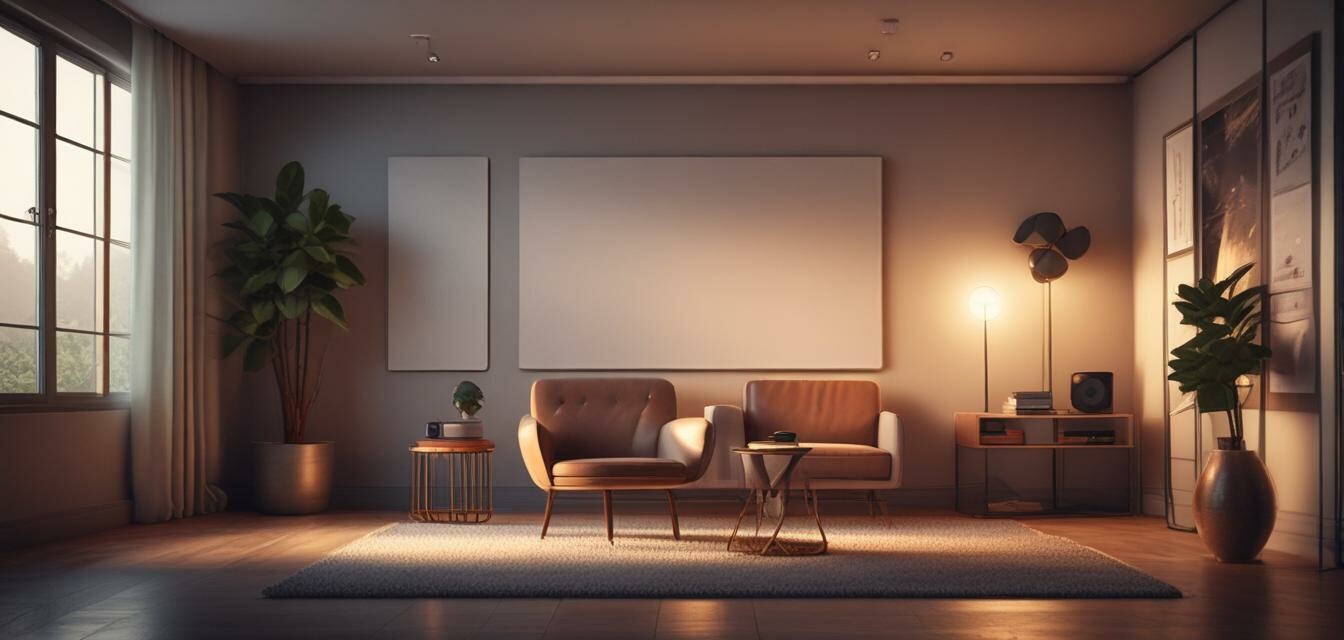
How Room Acoustics Affect Headphone Listening
- Room acoustics play a major role in headphone listening experiences.
- Understanding reflections, absorption, and diffusion can enhance sound perception.
- Optimizing your room can lead to more accurate sound reproduction.
- Simple acoustic treatments can greatly improve listening comfort.
When it comes to enjoying music through headphones, the sound quality is paramount. However, many audiophiles overlook an important aspect: the room acoustics where they listen. This article explores how room acoustics can significantly impact your headphone listening experience and offers practical tips for optimizing your setup.
Understanding Room Acoustics
Room acoustics refer to how sound behaves within a space. Factors like the size of the room, the materials used in construction, and the arrangement of furniture can all influence the acoustic environment. Here’s a breakdown of key elements that affect sound quality:
| Element | Description |
|---|---|
| Reflections | Sound waves bouncing off walls, ceilings, and floors, which can create echoes or muddled sound. |
| Absorption | Materials that soak up sound waves, helping to reduce echoes and improve clarity. |
| Diffusion | Scattering sound waves evenly throughout the room to create a balanced sound stage. |
How Acoustics Affect Headphone Listening
Even though headphones isolate sound directly to the ears, the acoustics of the room can still influence your listening experience in several ways:
- Perceived Sound Quality: Poor room acoustics can lead to sound distortion, making it challenging to appreciate the nuances in music.
- Frequency Response: The way sound bounces around can alter how different frequencies are perceived, potentially masking certain elements of tracks.
- Listening Fatigue: Harsh reflections or poor absorption can cause listener fatigue, making long listening sessions uncomfortable.
Optimizing Your Listening Environment
Transforming your room into an audiophile-friendly space doesn’t require extensive renovations. Here are a few practical tips to improve room acoustics:
- Add Acoustic Panels: Install panels on walls to absorb unwanted reflections and improve clarity.
- Use Rugs and Curtains: Soft furnishings can help soak up sound and reduce harshness.
- Furniture Arrangement: Position your seating away from walls to minimize reflections and enhance the listening experience.
- Control Low Frequencies: Use bass traps to manage low-frequency sounds that can overwhelm smaller rooms.
- Experiment with Diffusion: Strategically place bookshelves or decor that can scatter sound waves evenly.
Frequency Response and Headphones
The effectiveness of headphones can also vary based on environmental factors. Some frequencies may resonate differently, so understanding your headphones' frequency response can help in tailoring your environment. For more insights on different headphone types, check our Over-Ear Headphones category.
Pros
- Improved sound clarity and detail when room is optimized
- Enhanced overall listening satisfaction
- Reduced listening fatigue over extended periods
Cons
- Acoustic treatment can require initial investment
- May need regular adjustments based on changes in the setup
Final Thoughts
In conclusion, room acoustics play a significant role in headphone listening experiences. By understanding and optimizing your environment, you can take your audio enjoyment to the next level. For those dedicated to the craft of listening, the effort is well worth it. Explore more on Audio Quality Insights to deepen your understanding.